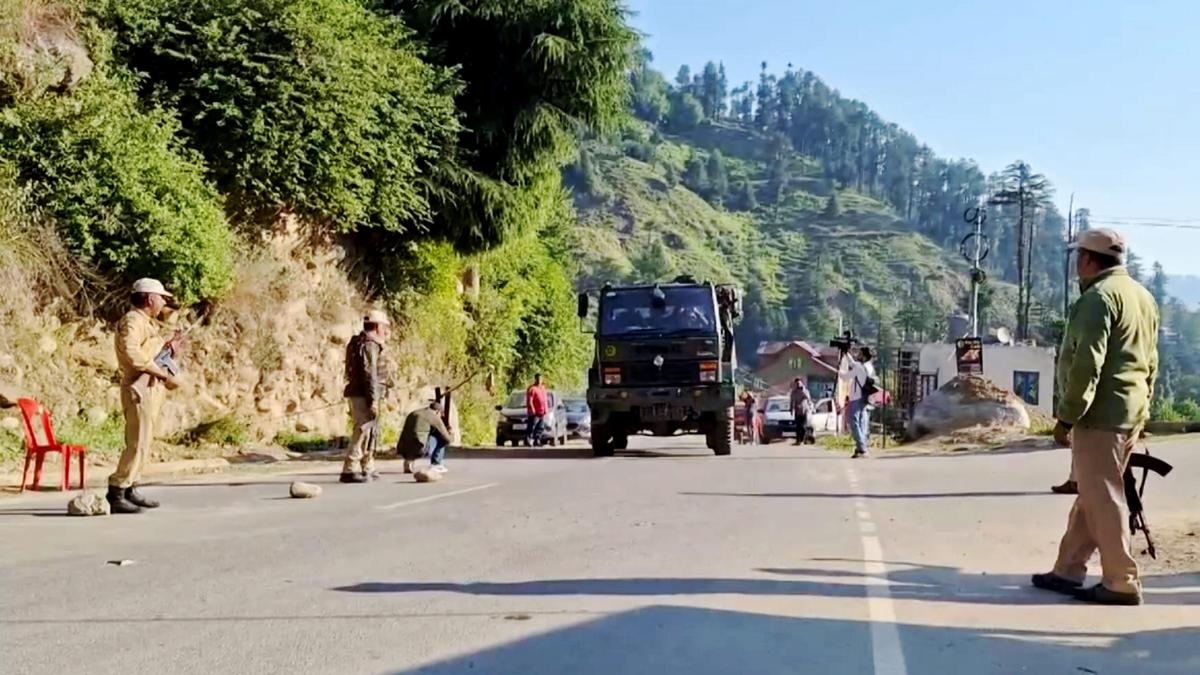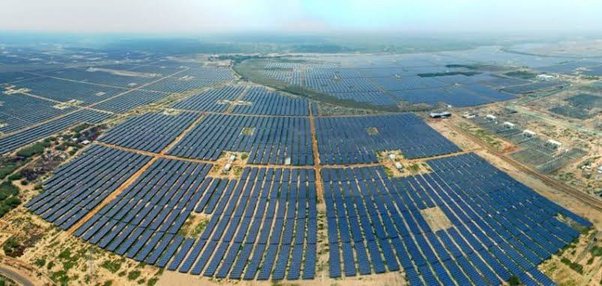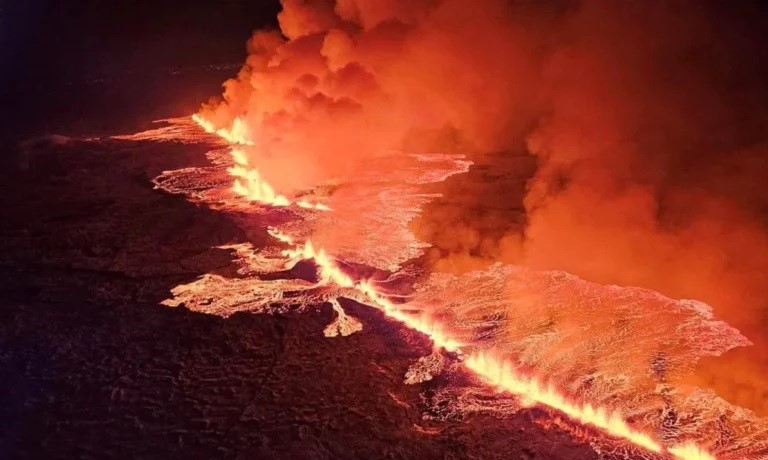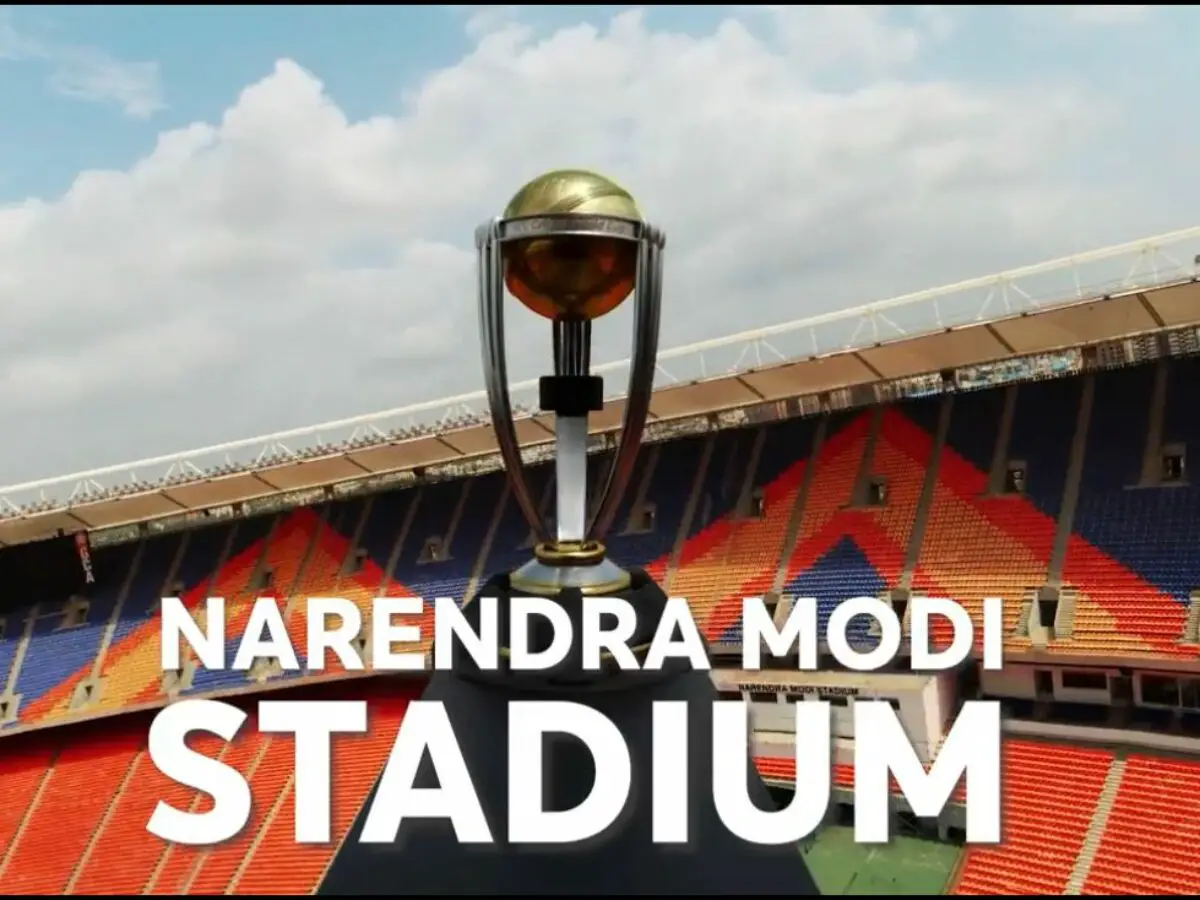
The entire separation of satellites is expected to take place in two hours after lift-off.
On Saturday, nine satellites were launched into orbit by the workhorse PSLV of the ISRO, including an Earth observation satellite and a satellite jointly produced by India and Bhutan.
As the space agency’s 56th flight, the mission is one of the longest ever.
The Earth Observation Satellite (Oceansat) and eight additional client satellites were successfully launched into sun-synchronous orbits by the PSLV-C54 rocket, according to ISRO. ISRO head S Somanath described the operation as “special,” noting that scientists had changed orbits for the first time using two orbit change thrusters built into the PSLV rocket.
In a statement to reporters in this city, he said, “I would like to share the happy news of the separation of the remaining eight satellites into the new orbit, which is lowered from original orbit of the EOS-06 satellite to perfection, that is, from 732 kms to 513 kms in a circular sun-synchronous orbit.
He continued, “PSLV-C54 in its fourth stage has done this orbital adjustment using two fire sequences for the very first time.”
He said that the India-Bhutan satellite was the eighth and final satellite to separate.
“Before that, we had the Thybolt 1 and 2 from Dhruvaspace, the Astrocast 1-4 from Spaceflight America, and the Anand satellite from PIXEL India Ltd. So congrats to all satellite teams for having flawless orbits for their spacecraft. Best wishes to them, he continued.
“It is a very important milestone in the history of the collaborative collaboration of Indian and Bhutanese scientists,” Somanath remarked in reference to the India-Bhutan satellite.
ISRO created the main satellite, the Earth Observation Satellite, for use by the Indian government’s departments and ministries. According to the Ministry of Foreign Affairs, India helped teach Bhutanese engineers in satellite testing, constructing, and data processing and analysis.
“This resulted in the cooperative creation of the specifically designed satellite for Bhutan, which was launched today. Bhutan will receive high resolution photos from the India-Bhutan SAT for the management of its natural resources, according to a release.
The India-Bhutan satellite INS-2B weighs roughly 18.28 kg, whereas the Earth observation satellite has a mass of approximately 1,117 kg. The “Anand” satellite weighs about 16.51 kg, whereas the combined weight of the two “Thybolt” satellites is roughly 1.45 kg. According to ISRO, the four Astrocast satellites each weigh roughly 17.92 kg.




















































































































































































































































































































































































































































































































































































































































































































































































